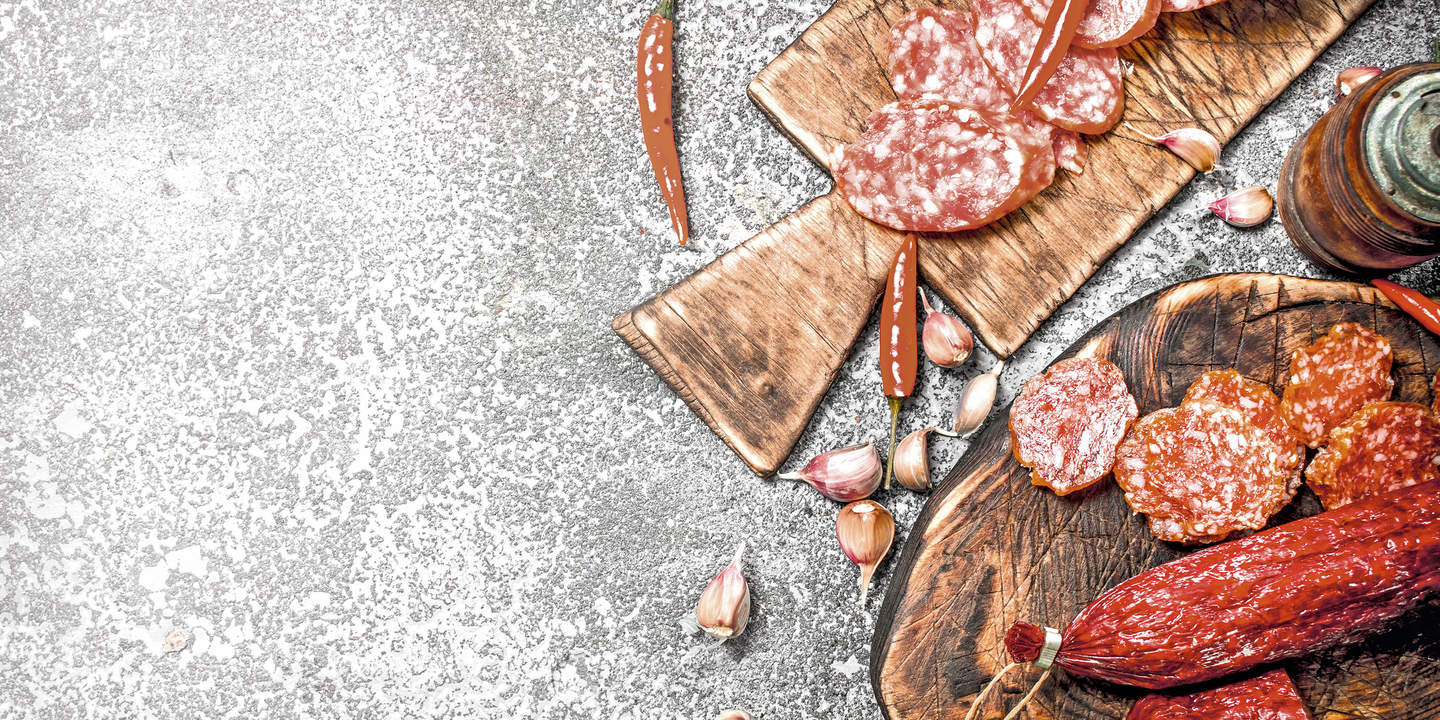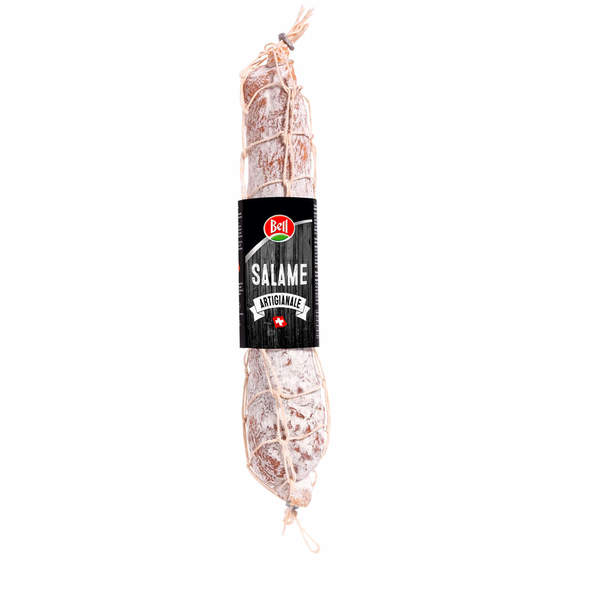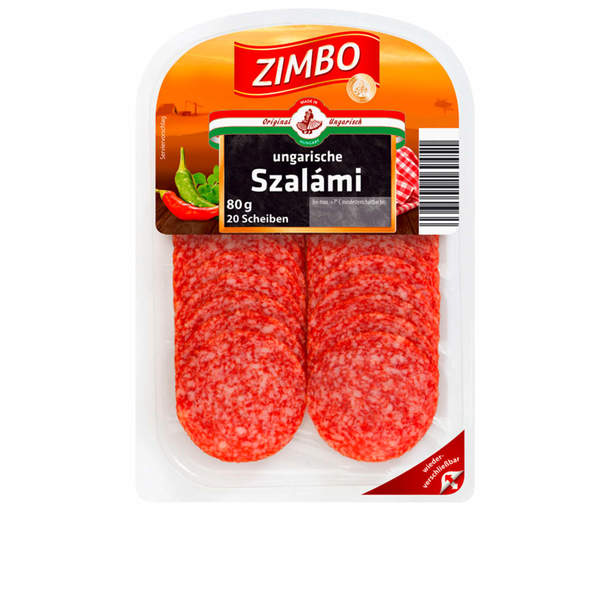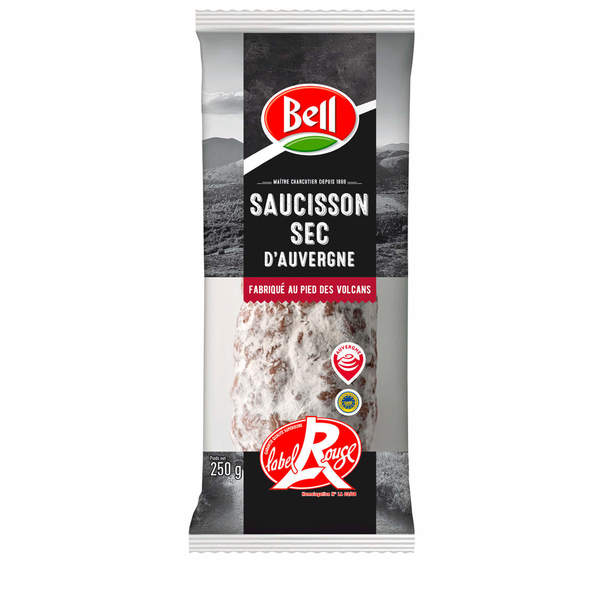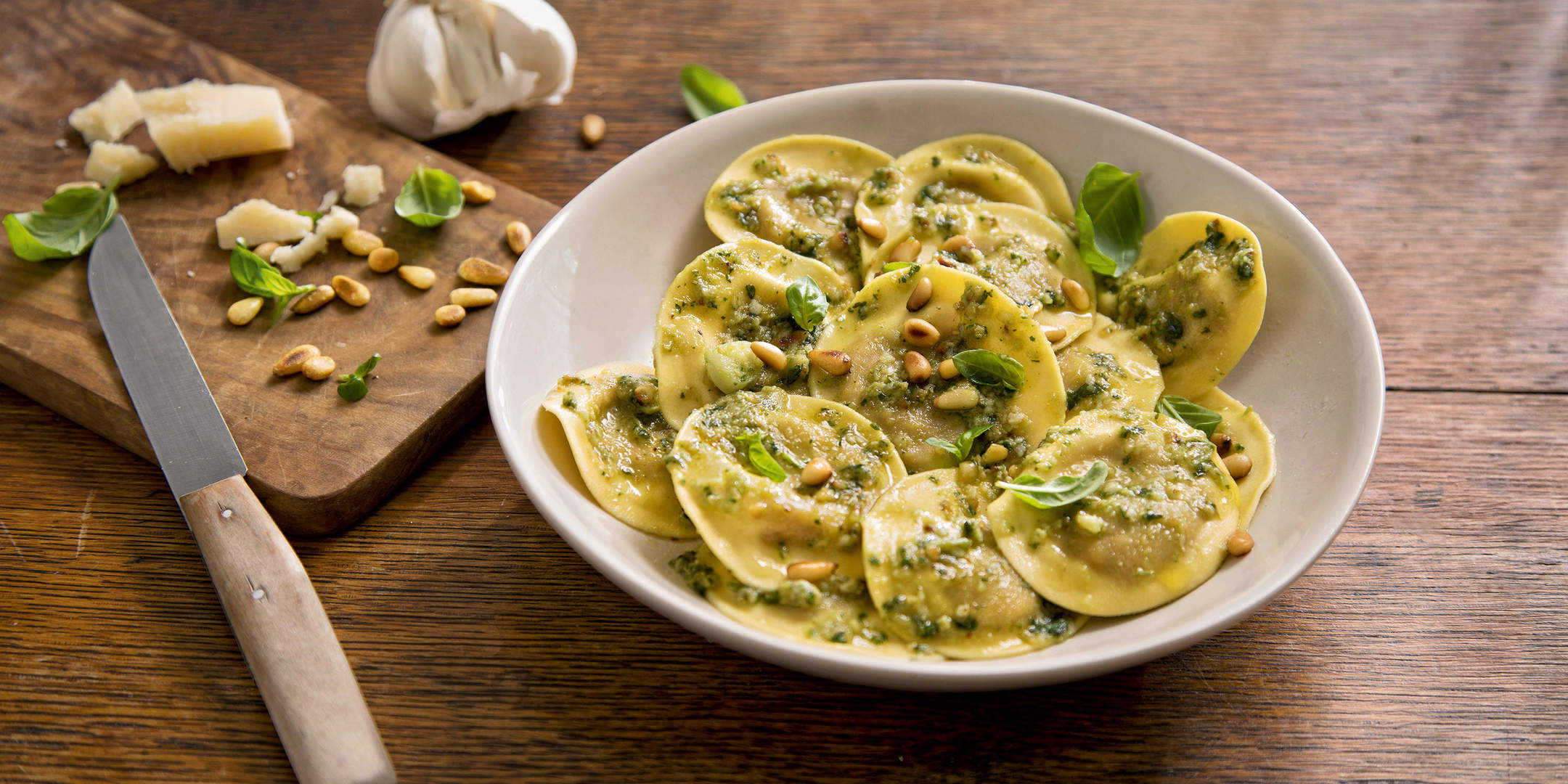On the tracks of salami: a German-Italian co-production?
Whether hot or cold, morning or evening, in Palermo or Kiel: salami is always good anytime and anywhere. It is not by chance that it is considered the world’s most well-known and popular sausage. Those looking into this multi-talented speciality’s background will come across some surprising theories about its origins.
May we shake up your perception of the culinary world a little? There is a sneaking suspicion that salami may have its roots not in Italy, but in North Germany. It is said that the Langobarden (Longbeards) brought it with them as non-perishable provisions on their journey to Northern Italy, where they settled and laid the foundations for the art of sausage-making in that region.
That’s enough about historical assumptions. Now back to the facts. It is an uncontested fact that the word «salami» comes from the Italian and translates more or less as «salted sausage». There are around 40 different types in Italy alone. From there salami went on to conquer neighbouring European countries, where many other variations came into being – from Germany’s fine cervelat sausage to the coarse chorizo of Spain. Hungarian szalámi with its strong paprika note is equally world-renowned.
Salami belongs to the group of raw sausages that are preserved by salting and curing. In Switzerland, Bell alone produces some 2,600 tonnes of salami every year. The production of salami is considered a «master class» of the butcher’s trade as so many details need to be considered. Choosing the right meat is an important factor. «The most suitable meat comes from older animals that have been properly fed. It is a positive effect on both the colour and the maturing process», explains Arnaud Kauffmann, Head of Process for raw and cooked sausages at Bell in Switzerland.
The sausage meat is prepared in a bowl cutter or mincer, depending on the type and desired coarseness. Other very important ingredients include salt and sugar and special strains of bacteria known as starter cultures. The final and very crucial step takes place once the sausage meat is inserted into the casing: maturation. Maturation gives the different types their typical character, be they air-dried or smoked, with or without a mould coating.
«While salami remains popular as a topping for bread or pizza and as tapas, it is becoming a growing trend in the snack segment», says Clemens Muntau, deputy department head of raw sausage mincing at Bell in Switzerland. That is why the Bell range today includes various versions of salami in snack format.
